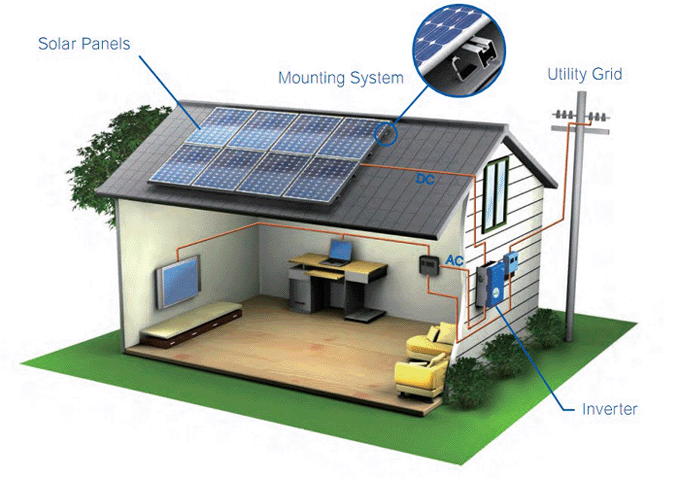
Introduction
Choosing the right solar panel system size for residential homes is a crucial decision for homeowners. This article provides valuable information and guidance on selecting the optimal system size to maximize energy production and cost savings.
Historical Background
Solar panel technology has evolved significantly in the residential sector over the years. Milestones and advancements in this field have shaped our current understanding of system sizing.
Key Concepts and Definitions
To understand solar panel system size, it is important to define key terms and concepts such as peak sun hours, wattage, energy consumption, system capacity, and energy yield.

Main Discussion Points
Assessing Energy Needs and Consumption
Evaluating current and future energy needs is essential for accurate system sizing. Calculating average energy consumption and peak energy demand is necessary, along with estimating potential changes in consumption patterns.
Considering Available Roof Space and Orientation
Roof space, panel capacity, and energy production are interconnected. The impact of roof orientation, shading, and tilt angle on system size and performance should be considered. Tips for maximizing panel placement and optimizing energy output are important.
Evaluating Budget and Financial Considerations
Different system sizes and equipment options come with varying costs. Financial benefits, such as potential savings and return on investment, should be evaluated. Balancing budget constraints with long-term energy goals is crucial.

Understanding Local Regulations and Incentives
Compliance with local regulations and building codes is vital when determining system size. Awareness of specific incentives or programs available for solar installations can influence sizing decisions. Navigating regulations and taking advantage of incentives should be considered.
Case Studies or Examples
Real-world examples of homeowners who successfully chose the right system size can provide valuable insights. These case studies highlight considerations, challenges, and outcomes, showcasing the impact of proper system sizing on energy production, cost savings, and overall satisfaction.
Current Trends or Developments
Recent trends and developments in solar panel technology and system sizing techniques should be examined. Research findings and advancements that have influenced system sizing for residential applications should be discussed. The impact on the decision-making process for homeowners should be explained.
Challenges or Controversies
Common challenges and controversies related to choosing the right system size should be addressed. Differing viewpoints on system sizing approaches and their potential implications should be discussed. Possible solutions or strategies to overcome challenges and navigate controversies should be presented.
Future Outlook
The future implications and directions of solar panel system sizing should be speculated upon. Potential advancements or innovations that may impact the decision-making process should be discussed. Emerging technologies or trends that could shape the future of residential solar panel installations should be highlighted.

Conclusion
In conclusion, selecting the correct solar panel system size is crucial for maximizing energy production, cost savings, and overall performance. Homeowners are encouraged to consider professional advice and conduct further research when making decisions about solar panel system sizing.




